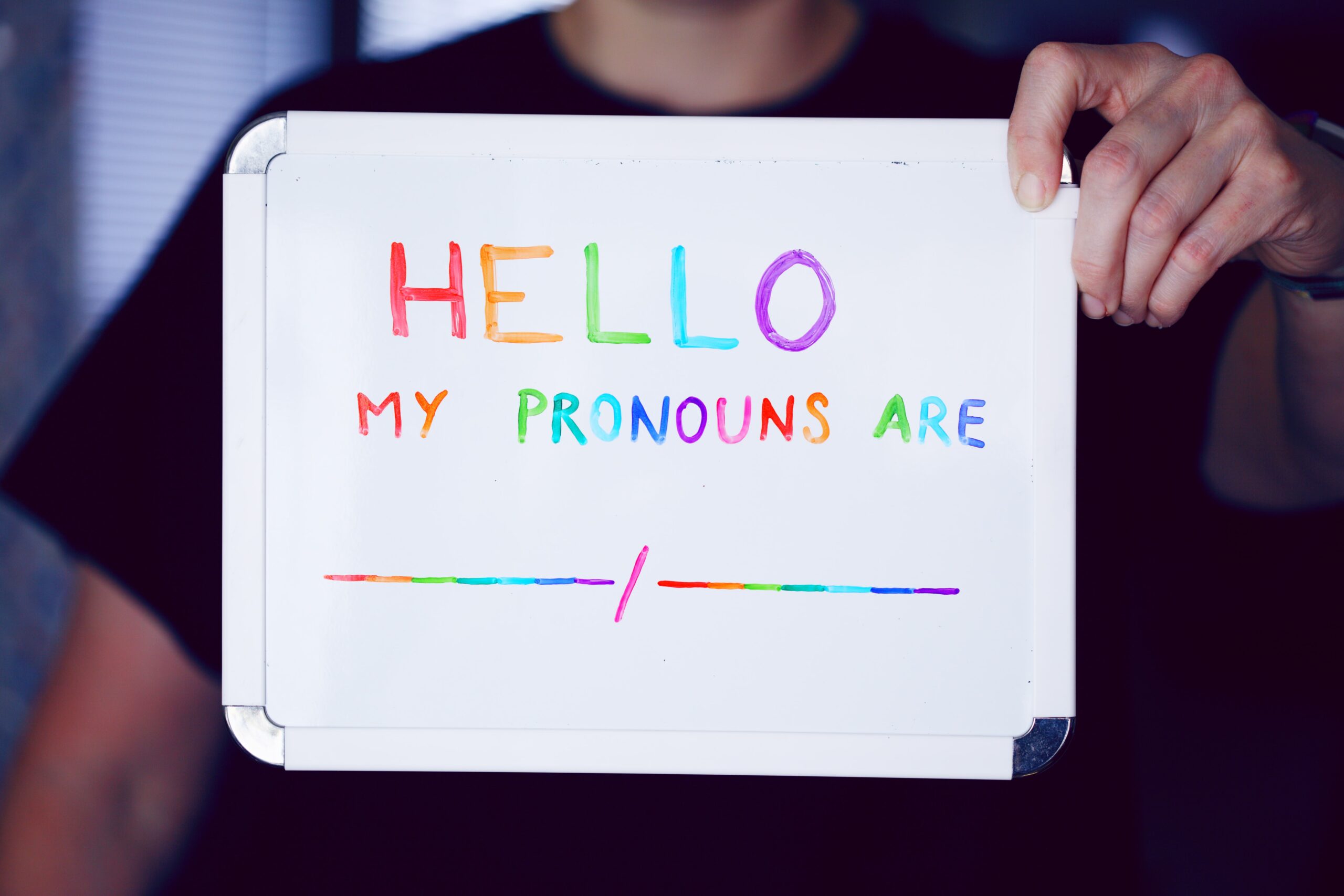Sex and gender: Moving beyond the binary

By Julia Beatini, Harvard Medical School, MD candidate
Mobile Health Map recently changed how we collect data about the gender of people served by mobile clinics. Read below to learn more about the difference between sex and gender and why it matters. We understand that not all organizations collect data on gender identity and you may have to make estimates based on the information you currently collect. Please reach out if you have any questions about how to enter this information.
Key points
- Sex is a biological concept determined by a person’s chromosomes, hormones, and anatomy.
- Gender is a concept defined by the culture in which a person lives. It influences gender identity, which is each person’s inner sense of what their gender is. Gender may or may not match the sex a person was assigned at birth.
- Neither sex nor gender fit neatly into binary categories of “male/female” or “man/woman”; rather, they exist along a spectrum.
The terms “sex” and “gender” are often used interchangeably but have different meanings. This article will lay out some of the key differences between the two terms and describe how they relate to identity.
Sex
In practice, “sex” is usually assigned at birth based on the appearance of external genitals. However, external anatomy is one of multiple markers that go into determining a person’s sex. Other markers include:
- Chromosomes: Most often, assigned females carry XX chromosomes, whereas assigned males carry XY chromosomes.
- Hormones: Assigned-female people most often have higher levels of estrogen and progesterone, whereas assigned males have higher levels of testosterone. These hormones influence the development of secondary sex traits during puberty. Estrogen and progesterone lead to the development of breasts and changes in fat distribution while testosterone leads to body and facial hair growth, higher muscle mass, and deepening of the voice.
- Gonads: These include the testes and ovaries.
While many people think of these markers as neatly dividing into categories of “male” and “female”, this is not always the case. Roughly 1 in 100 people are born with differences of sex development (DSD), or “intersex” traits, making them about as common as having red hair. These traits include natural variations in chromosomes, hormones, gonads, or external anatomy that do not fit into to traditional categories of “male” or “female”. For some people these traits are found at birth, whereas others may not know that they have intersex traits until reaching puberty. In this sense, taking a closer look at the biology of sex shows us that it is better represented as a spectrum than a rigid male/female binary.
Gender
Gender is a cultural idea that has taken different forms in different times and places. It the US is has commonly been viewed as a binary limited to “men” and “women”. However, other communities across the globe have long recognized the existence of multiple genders.
Although ideas about gender are shaped by culture, they are felt by individuals. A person’s gender identity refers to their personal, inner sense of what their gender is. For many people, this inner sense matches their sex at birth (i.e., someone who was assigned male at birth and identifies as a man). This group of people are referred to as “cisgender”. For others, the inner sense of gender does not match with the sex they were assigned at birth (i.e., someone who was assigned male at birth, but identifies as female). This group of people is referred to as “transgender”, or “trans”. Some people’s internal sense of gender falls outside of the man/woman binary; individuals in this group may identify as non-binary, genderfluid, or genderqueer.
Gender Expression
Because gender is a personal, internal experience, it cannot be guessed from the way a person acts, dresses, or appears. These things are instead related to gender expression, which is the way that a person chooses to express themselves to the outside world. It includes things like clothing, hairstyles, behaviors, and social roles. Gender expression depends heavily on which appearances and practices a society views as “masculine” or “feminine”. As an example, a cisgender man may choose to adopt practices that are labeled as “feminine” – like wearing makeup – but still internally feels like a man. Many transgender individuals seek out forms of expression that match their gender, though not all choose to, both out of personal preference as well as concerns for safety.
To sum it up, “sex” is a biological idea determined by chromosomes, hormones, and anatomy. “Gender” is a cultural idea shaped by society, though it is felt by individuals as their internal sense of how they identify. Putting aside their differences, the concepts of sex and gender share a major similarity – both exist along a spectrum, and neither fits neatly into a binary.

